
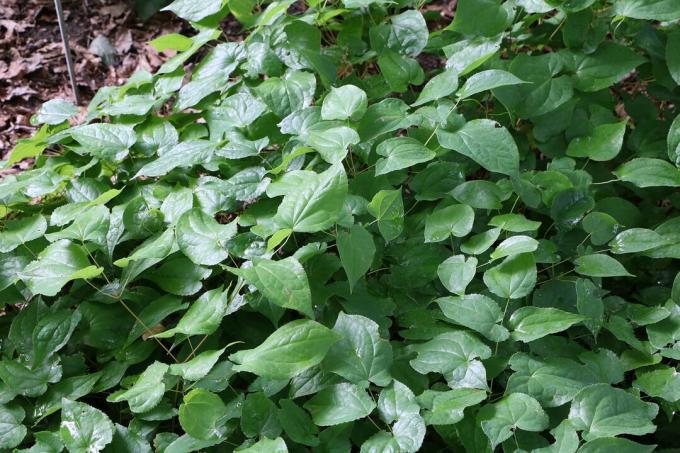
Table of contents
- Elfenblume - Wanted Poster
- Location
- Plant
- soil and bed partners
- watering and fertilizing
- Cutting and winter protection
- multiply
- pests
- Diseases
- use
Low-light areas in the garden do not have to look dreary. The elf flower loves the shade! Discover the magical plant with its delicate flowers and leaves reminiscent of small hearts.
Elfenblume - Wanted Poster
The plant rightly bears its name, because its filigree flowers are reminiscent of graceful elves in fairy tales. In 2014, the beautiful shade plant was voted Perennial of the Year. Almost sixty different species of the plant, which belongs to the barberry family, are known. Elf flowers are often referred to by their scientific name epimedium offered. But the enchanting plant has even more nicknames, for example goat's root, horny goat weed, sockflower or bishop's cap.
- deciduous or evergreen plants
- Stems glabrous, covered with scales below
- heart-shaped leaves
- Flowering in early summer
- Flower clusters with several individual flowers
- Flowers with a typical, long spur
- Flower colors: white, pink, yellow, red, violet, sometimes two-tone
- Capsules with few seeds
- durable, robust
- hardy
- Growth height about 10 to 30 centimeters
- all parts of the plant slightly poisonous
- bee friendly
Location
The perfect location for the enchanting elven flowers is shady to semi-shady. The carpet-forming plants unfold their beauty under trees or on shady beds. They don't tolerate the sun.
A notice:
Elf flowers are excellent for pot culture. Place the tub in a sun-poor place and keep the substrate moist.
Plant
Autumn is the best time to plant elven flowers. The still warm soil supports the growth of the young plants. Alternatively, you can also plant the ground cover in spring. However, the plants do not flower until the following year.
Directions:
- Dig planting holes 20 to 30 centimeters apart.
- Mix the excavated soil with compost or horn shavings.
- Place the plants in a container with water while they are still potted. When no more air bubbles rise, the plant is ready for planting.
- Take the plant out of the pot and place it in the planting hole.
- Fill in the soil and compost mixture.
- Water the freshly planted elfin flower thoroughly.
- Cover the root area with foliage.
Tip:
Plant Epimedium in groups. You can combine different colored varieties. A dense carpet quickly develops.
soil and bed partners
Epimedium species thrive in permeable, moist soil with a high humus content. The soil should be slightly acidic or neutral. A pH of 6.0 is recommended.
A notice:
Bees love elf flowers. The smaller wild bees in particular like to collect pollen and nectar from the delicate flowers. All hobby gardeners who want to make their garden bee-friendly should plan some space for them.
Elf flowers are excellent for underplanting larger perennials such as peonies or hostas. Elf flowers look beautiful under deciduous trees together with wood anemones, winterlings or crocuses. The colorful flowers attract bees to the garden.
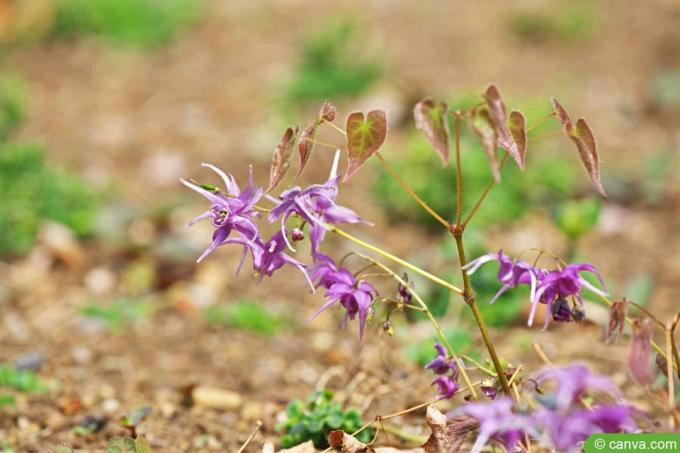
watering and fertilizing
Elf flowers need moisture. The pretty plants must not dry out at any time. They do not tolerate hard water. It is best to use soft rainwater.
In the fall, elfin flowers enjoy an extra dose of compost. Alternatively, you can cover the ground with leaves or grass clippings. In this way, the plants receive sufficient nutrients and survive even frosty temperatures unscathed.
Cutting and winter protection
Deciduous elfin flowers are cut back to the ground in autumn. The evergreen species benefit from pruning at the end of winter. Remove the old shoots just before the new leaves sprout.
Most Epimedium species are hardy. However, the sensitive roots of the deciduous Epimedium species should receive additional protection in winter. Cover the root area with a layer of foliage. This is how the beautiful plants get through the cold season safely.
multiply
The best way to propagate the elf flower is by dividing the clumps. To do this, prick off part of the plant with a sharp, clean spade. Dig a hole in another spot, put some compost in it and plant the plant there. Water them vigorously.
With a little patience, you can also grow some Epimedium species from seeds. To do this, let the flowers wither. Small capsule fruits are formed, which contain some seeds when dried. Elf flower seeds have a distinctive fleshy seed coat.
Let the seeds dry on kitchen paper. Sow in trays of potting soil in spring. Keep the substrate moist. The little plants are slowly developing. Place the plants in small pots when they are strong enough. You can then move outdoors at the end of May.
A notice:
All plant parts of the elf flower, including its fruit and seeds, are slightly poisonous!
pests
Unfortunately, the decorative ground covers are not only popular with hobby gardeners. Slugs like to eat the juicy shoots. Collect the snails regularly.
The most important pest is the vine weevil. The adult beetle eats the leaves, its larvae feed on the roots. Nematodes help drive away the pest.
Diseases
If small reddish spots appear on the leaves of the elf flower, this indicates a fungal disease. An infestation with Colletotrichum or Stagonospora fungi leads to these symptoms. Moisture favors fungal infestation. Remove all affected plants and dispose of them safely with household waste. Avoid leaf wetness.
If possible, water elf flowers from below. Use the morning hours for watering so that the leaves can still dry off.
A notice:
When the leaves of the elf flower turn brown, the cause is usually natural. Many varieties sprout with red or brown leaves. Gradually they turn green. The foliage of the evergreen species also turns brown in autumn.
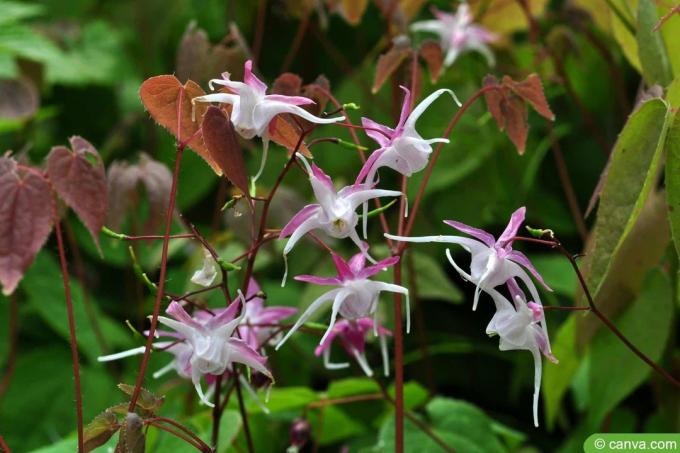
use
Elf flowers have a permanent place in naturopathy. Epimedium extracts are used in the treatment of cancer. In traditional Chinese medicine, certain strains are used to relieve thyroid disorders and high blood pressure.
Florists especially love elven flowers for their heart-shaped leaves. They can be used all year round to create bouquets and flower arrangements. Cut off a few flower stalks during the flowering period. In the vase they look charming and keep their beauty for several days.
 garden editorial
garden editorial I write about everything that interests me in my garden.
Learn more about summer flowers
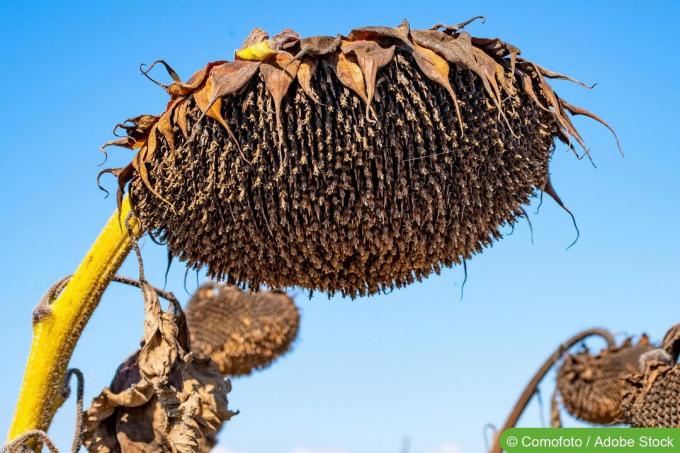
Should you cut off faded sunflowers?
Sunflowers bloom for a long time, but unfortunately not forever. Is it better to cut off the faded flowers or let nature take its course? Both are possible! It depends on the sunflower species and what you want to do with the ripening seeds. Read here whether you should cut off faded sunflowers.

Liver Balm, Ageratum: 10 tips for care
The leather balm is a daisy family that comes from Central and South America. In our latitudes, liver balm has been very popular for a long time, because here the plant does the trick not only a great figure as a gap filler between different perennials, but also in the form of one carpet of flowers.
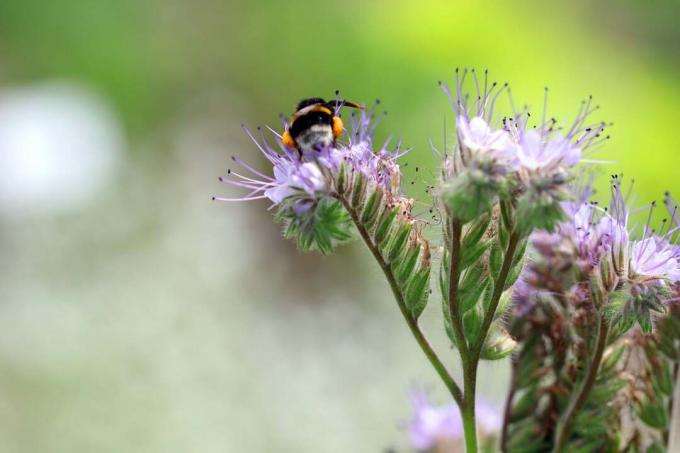
Bee friend, Phacelia: 8 tips for care
The cultivation of the tufted flower is not particularly difficult, because the plant turns out to be undemanding and easy to care for. If you take into account the basic requirements of this flowering perennial, you will benefit from its positive effects on biodiversity and soil conditions.
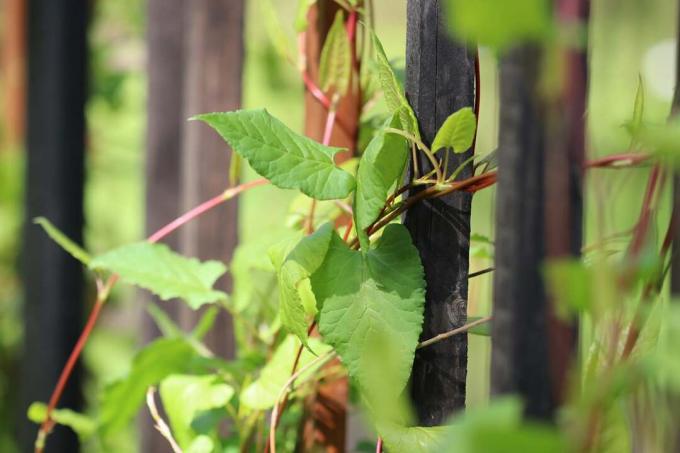
Climbing knotweed, Fallopia baldschuanica: Care from A – Z
A popular bee pasture but also a fast-climbing plant in the garden is the climbing knotweed. The plant should therefore be cultivated in the garden with some caution and appropriate care. Fallopia aubertii fits perfectly in a cottage or natural garden.
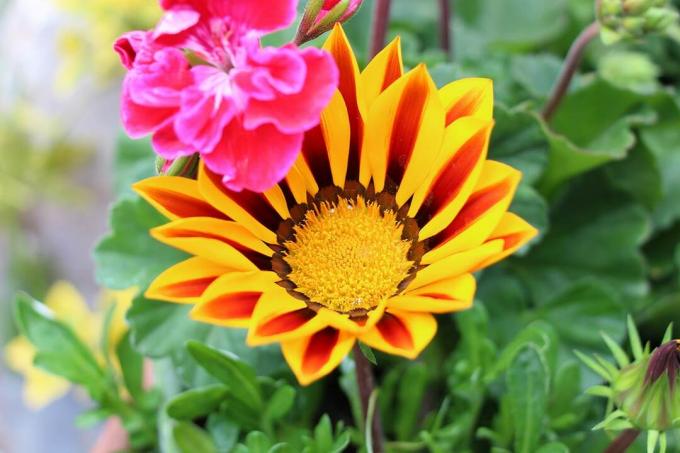
Is Gazania hardy? 6 tips for the winter
Gazania are commercially offered as annuals and not hardy. Hibernation works under ideal conditions, which require increased effort. Some varieties are considered hardy. The propagation of cuttings over the winter is an alternative to cultivating the plant perennial.

Loyal to men, lobelia: care instructions from A – Z
Loyal to men, also known as blue lobelia, flowers profusely all summer long with the right care. This beautiful bloom is encouraged by the right care. The blaze of color is not only beautiful to look at, the lobelia are also popular with various insects.
